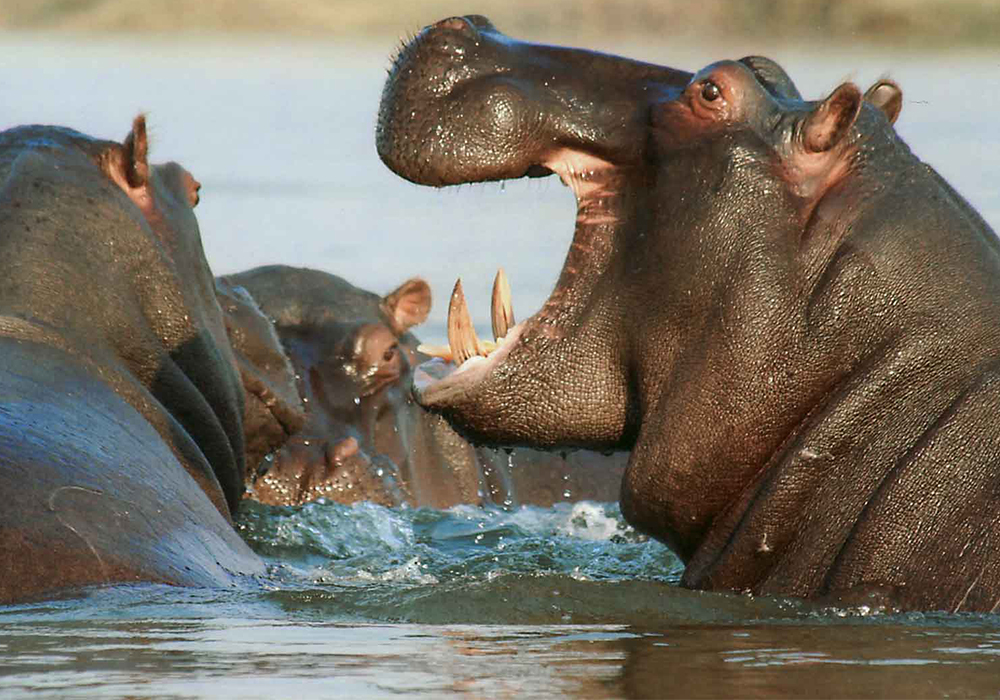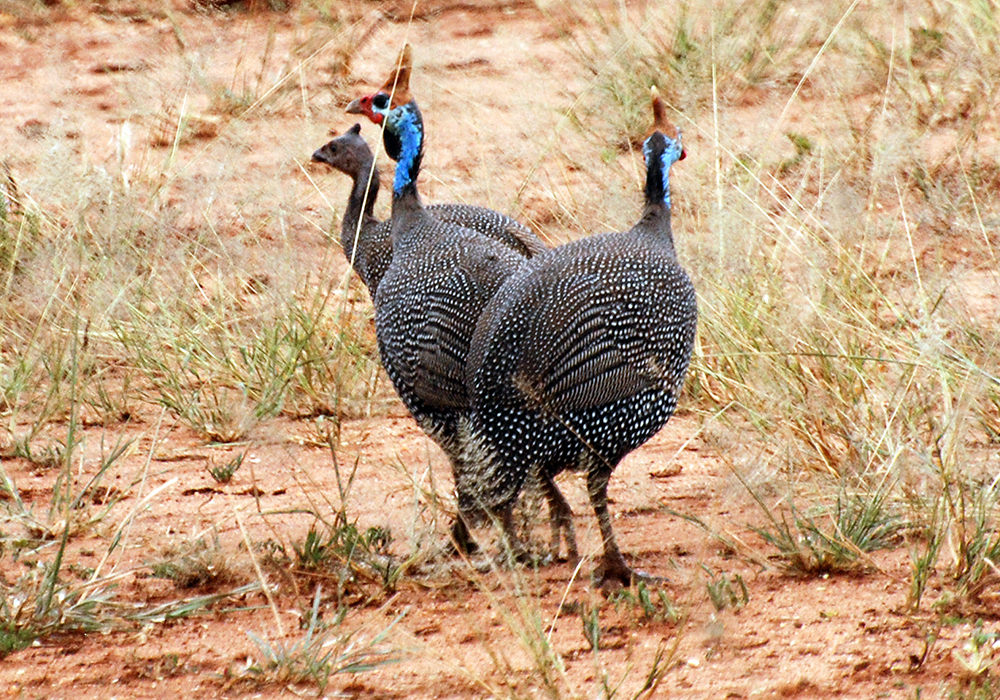HOTELS IN ZANZIBAR CITY
The top recomended Hotels in Zanzibar CityNo visit to Zanzibar would be complete without exploring the narrow, cobbled streets of Stone Town, a World Heritage Site and former capital of the main ..



Tarangire National Park has a healthy population of creatures both big and small. The park has plenty of resident animals although some tend to migrate depending on the time of year. The most commonly seen animals are elephants, giraffes, impalas, warthogs, zebras, wildebeests, dwarf mongoose and ostriches. Lions can however also be seen, as well as leopards and on some rare occasions even wild dogs have been spotted. Furthermore the park is home to 550 species of birds and the greater and lesser Kudus as well as oryx also roam the park.
Tarangire National park with its baobab crested landscape is scenically one of the most beautiful parks. Baobab trees tower above the savannah and these age old trees play a vital role in the eco system as they act as homes for bees, birds and bats. In addition hereto they provide nourishing fruit and supply animals such elephants with indirect water especially during the drier months.
During the months of June to September the park witnesses a small migration during which thousands of wildebeests and zebras head to the park for better grazing grounds. Elephants and other animals follow suit to gather along the Tarangire River, the only permanent water source in the park. It has been claimed, that up to 2000 elephants reside in the park during these months with some coming as far as from Ambsoseli National Park in Kenya.
Cats are also very much present in the park and lions can be found soaking up the sun on the river banks, whereas leopards are sometimes spotted resting in the baobab trees. Cheetahs are around but usually like to stay hidden from unsuspecting prey.
African wild dogs have been seen towards the southern part of the park and seeing that the numbers of these efficient hunters are dropping, spotting them can be a real treat. But it is not only mammals you need to look out for while in Tarangire National Park as the park also boast with 550 different bird species. The most commonly seen birds include yellow collared lovebirds, red billed hornbills, southern ground hornbills, lilac breasted rollers, ostriches, many kinds of raptors as well as several kinds of water birds just to name a few.
The Tarangire River flows all year round and it is an important life line for many of its residents, especially in the dry months. The river flows into Lake Burunge which is situated in the northwest.The south of the park is dominated by marsh land, which is impassable in the wet season but tends to dry out completely in the dry season. The vegetation within the park is extremely diversified and includes open grasslands, savannah, Baobab trees and thick acacia bush as well as palm trees and swamps full of tall elephant grass in the south. Walking safaris are also offered in the southern part of the park.
No visit to Zanzibar would be complete without exploring the narrow, cobbled streets of Stone Town, a World Heritage Site and former capital of the main ..
The far north coast of Zanzibar rivals the world's best beaches for absolute physical beauty. Powder white sand, fringed with coconut palms and greenish ..
A beautiful destination to quiet with unspoilt white beaches, turquoise Indian ocean waters and swayind palms, this coast has much to offer to those looking ..
The east coast of Zanzibar is lined with powder-white beaches which look out towards a long barrier reef, about a kilometre offshore. Inland there's a coastal ..
Stretches from the Michamvi Paninsula down to Kizimkazi. While each area has a distinct character and varied attractions, it is wind area and has more high ..
Pemba Island lies about 80km to the North East of Zanzibar Island, and about the same distance from the Tanzanian mainland. It is just 67km long and boast ..

